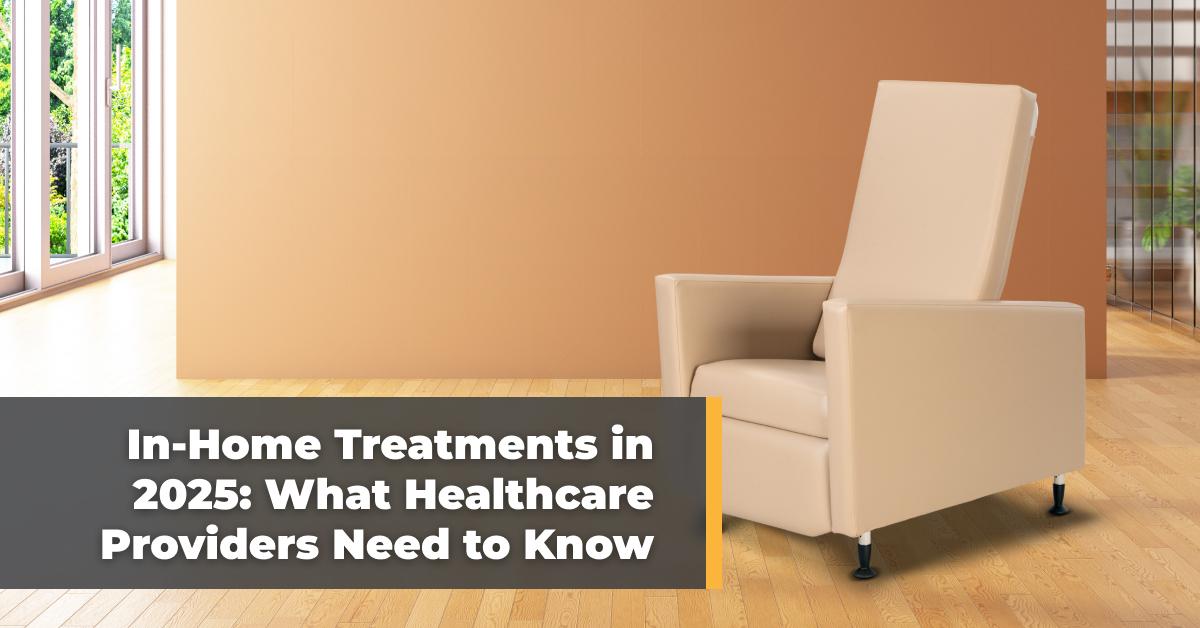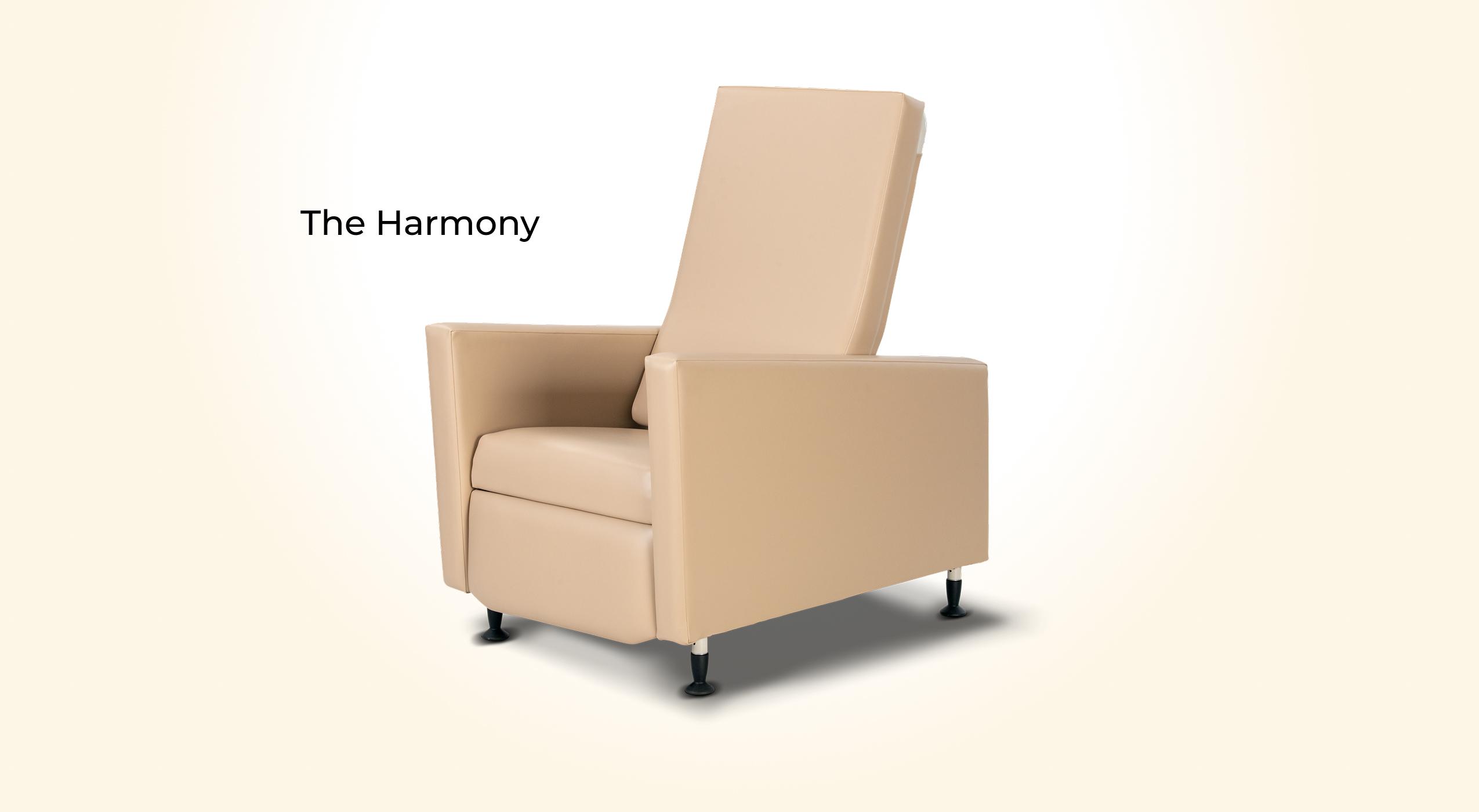
The landscape of healthcare delivery has evolved rapidly in 2025, and one of the most significant shifts is the rise of in-home treatments. Fueled by technological advancement, patient preference, and a growing need for flexible care models, in-home healthcare is no longer a niche solution—it’s becoming a mainstream expectation. For providers, understanding the intricacies of in-home care is essential to staying relevant, responsive, and patient-centered.
In-home care is expanding well beyond traditional home health services. Today, it includes everything from physical therapy and infusion services to dialysis, mental health care, and even certain acute treatments. This evolution has been driven by both policy shifts and consumer demand.
Key trends providers should be aware of include:
- Technology is a backbone: Telemedicine platforms, wearable monitors, and remote diagnostic tools are making it possible to track vital signs, manage chronic conditions, and consult with patients in real-time.
- Patients expect convenience: Home treatments reduce the need for transportation, long waits, and exposure to hospital-associated infections.
- Workforce planning is critical: Delivering quality care in the home requires rethinking staff deployment, training, and scheduling. Providers need to ensure continuity of care without overextending clinical staff.
- Reimbursement models are evolving: Payers, including Medicare, are increasingly open to reimbursing for in-home services, especially when they demonstrate cost savings and improved outcomes. However, providers must navigate varying coverage rules and documentation requirements.

What Patients Want: Choosing Between Home and Facility-Based Care
Patients today are savvy healthcare consumers. When faced with a choice between receiving care at home or in a facility, their decision-making is driven by several practical and emotional factors.
Top considerations include:
- Comfort and Familiarity: Being treated in one’s own home provides a sense of control and ease, especially for individuals with chronic conditions or mobility limitations.
- Safety: For many, especially older adults or immunocompromised individuals, avoiding the germ exposure common in clinical settings is a top priority.
- Convenience for Caregivers: Family members or friends supporting the patient often prefer at-home services, which eliminate travel and logistical complications.
- Transparency and Trust: Patients want clear communication about who is coming into their home, what services are covered by insurance, and how care aligns with their broader treatment plan.
Some patients still prefer facility-based care for more intensive needs, access to specialized equipment, or when they feel uncomfortable inviting providers into their personal space. Successful care models offer flexibility while addressing these concerns.
Sign up to get the latest industry news and offers right in your inbox
Creating the Right Space for In-Home Care
Providing effective in-home treatment isn’t just about showing up—it requires intentional space planning. A dedicated and well-organized area within the home helps both the patient and provider maintain professionalism, cleanliness, and comfort.
Ideal Features for a Home Treatment Space include:
- Accessibility: Ground-floor access, wide doorways, and proximity to a bathroom can be important for patients with limited mobility.
- Lighting and Cleanliness: A well-lit, clutter-free area is essential for administering medications, monitoring equipment, or performing procedures.
- Reliable Infrastructure: Stable internet access, working electrical outlets, and climate control are key for both patient comfort and technical requirements.
- Storage Solutions: Patients need lockable, easy-to-reach storage for supplies, medications, and personal records.
- Medical Furniture: Adjustable recliners, treatment chairs, or tables with washable surfaces help support the physical demands of care.
- Providers can play a crucial role in advising patients on how to prepare their space and may even partner with care coordinators or home modification specialists to ensure the setup meets clinical standards.

Pros and Cons of In-Home Treatments: Perspectives from Both Sides
While the convenience of home care is obvious, it comes with trade-offs. Understanding the benefits and limitations from both the patient and provider perspectives is crucial to delivering balanced care.
From the Patient’s Perspective
Pros:
- Greater comfort and privacy
- Reduced stress from travel and waiting rooms
- Easier involvement of family caregivers
- Lower risk of hospital-associated infections
Cons:
- Home may not be ideal for all treatments
- Reliance on family or informal caregivers for support
- Potential delays in emergency response if complications arise
- Concerns about cleanliness or maintaining treatment standards
From the Provider’s Perspective
Pros:
- Stronger patient relationships built in familiar settings
- Opportunities to monitor lifestyle and environmental factors
- Increased patient satisfaction scores
- Potential for reduced overall healthcare costs
Cons:
- Logistics and travel time between visits
- Limited access to support staff and specialized equipment
- Risk of inconsistent care if coordination across disciplines fails
- Additional training needed to deliver services in non-clinical environments
Providers who are proactive about these pros and cons can design hybrid models that combine virtual check-ins, scheduled in-home visits, and occasional in-facility treatments to optimize both outcomes and satisfaction.
Champion Healthcare Solutions Meets Patients Where They Live
In-home healthcare is no longer just a convenience—it’s a strategic part of care delivery in 2025. As more patients seek to receive treatments in the comfort of their homes, healthcare providers must adapt by understanding what makes home care effective, how to prepare patients and spaces for success, and how to navigate insurance and logistical challenges.
With thoughtful implementation, in-home care has the potential to improve outcomes, reduce costs, and offer a more human-centered healthcare experience. Providers who embrace this shift will be well-positioned to lead in the next era of personalized, accessible care.

Champion’s Harmony recliner was designed to bring medical-grade seating into a home environment for residential therapies. For that reason, this chair was created to complement most existing décor. It is a value-based, quality solution for patients who can receive treatment in the comfort of their own homes or need long-term care.
Take the guesswork out of choosing the right chair—use our new virtual chair configurator to build and preview your selection online. Then, request a quote for your facility.
